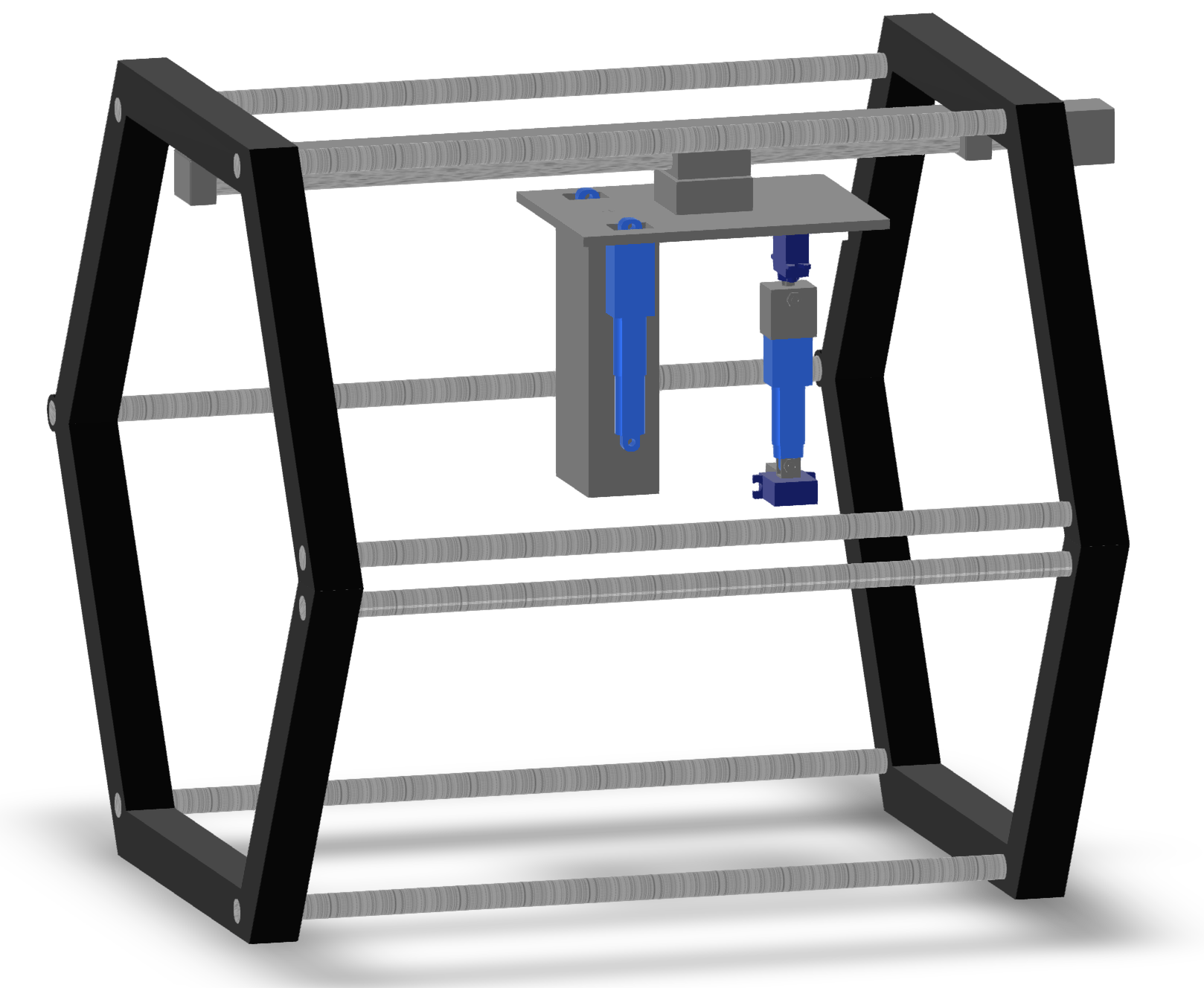Get to know our team on LinkedIN:
Tanner Doan, Dylan Jayasundera, Kevin Li, Lynelle Oygenblik, Andrea Reyes-Rodriguez
easyiv
Automated intravenous catheter detection and insertion device for difficult intravenous access patients which includes a cannulation housing unit and needle end-effector unit.
Project Description:
The administration of peripheral intravenous catheters (IVs) is a common procedure in the emergency department that allows for the administration of fluids, blood transfusions, and other vital procedures. However, due to common comorbidities, e.g., obesity, renal failure, vein scarring, or demographic characteristics, certain patients are characterized as difficult intravenous access (DIVA). With DIVA patients, traditional methods of vein identification are not applicable and require specialized operators to perform the cannulation, leading to an average difference of more than 30 minutes between time-to-IV-access for DIVA and non-DIVA classifications. More than 35 million IVs are used in the emergency department annually in the United States alone, and up to 40% are used on DIVA patients. Therefore, hospitals and physicians have a dire need for a solution that can improve patient outcomes by reducing wait time and freeing up help for other patients. Our team, EasyIV, aims to reduce the time difference by more than 90 percent. We have created a device that detects these veins, calculates the trajectory needed to access the vein, and automatically inserts the catheter, with minimal human input. Our device consists of a state-of-the-art deep learning object detection model for identifying veins through ultrasound imaging and a cannulation unit with kinematic equations tailored for calculating all potential injection site trajectories. Our vein detection algorithm is fine-tuned with a custom-curated dataset and detects veins in seconds. Our cannulation unit calculates the movements necessary to insert the needle into the input location with four degrees of freedom to reach veins of varying orientations. The physical model is built with 3D-printed parts, motors, and actuators, making it cost-effective yet robust. Our product is designed around the idea that everyone deserves equitable healthcare treatment. We envision our device in every emergency room, improving patient outcomes for all.



